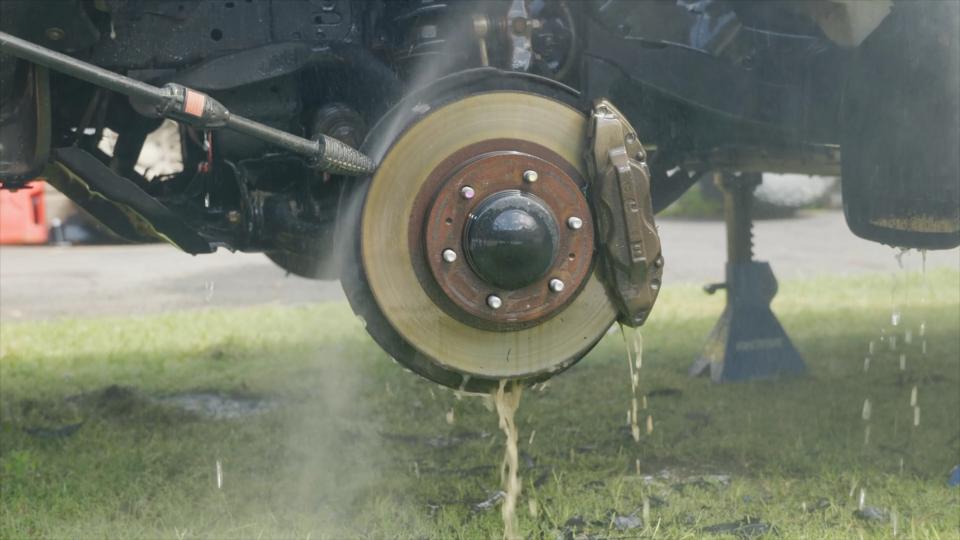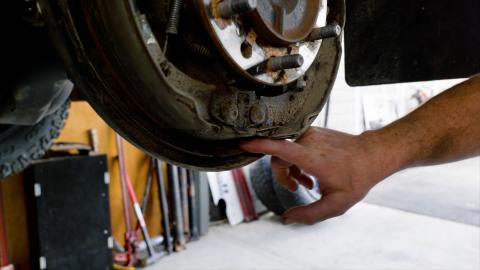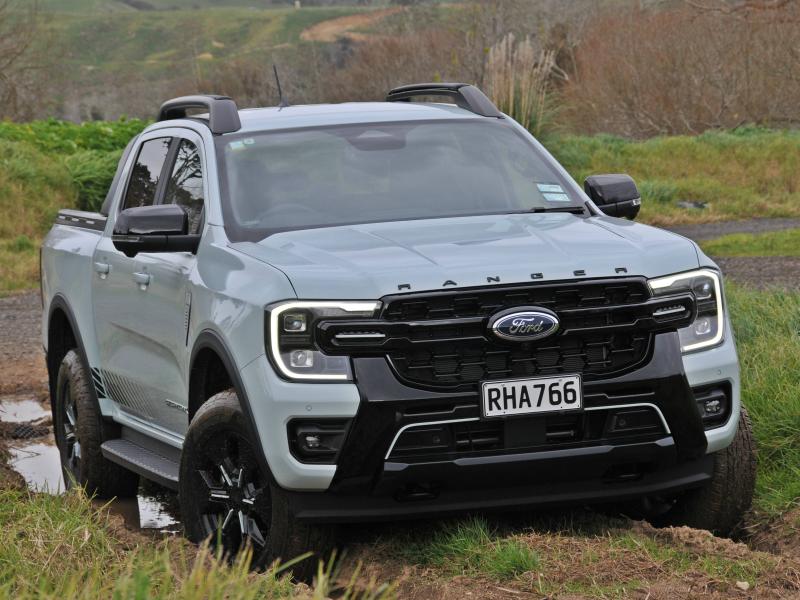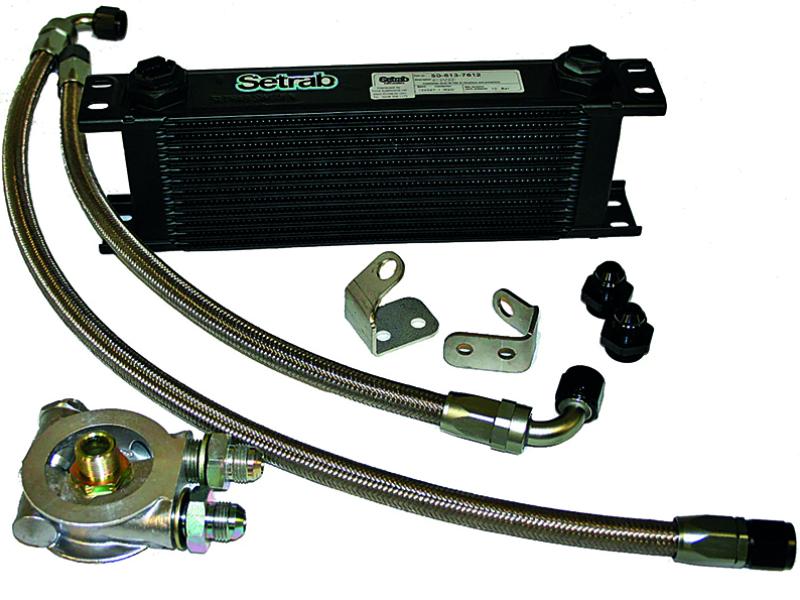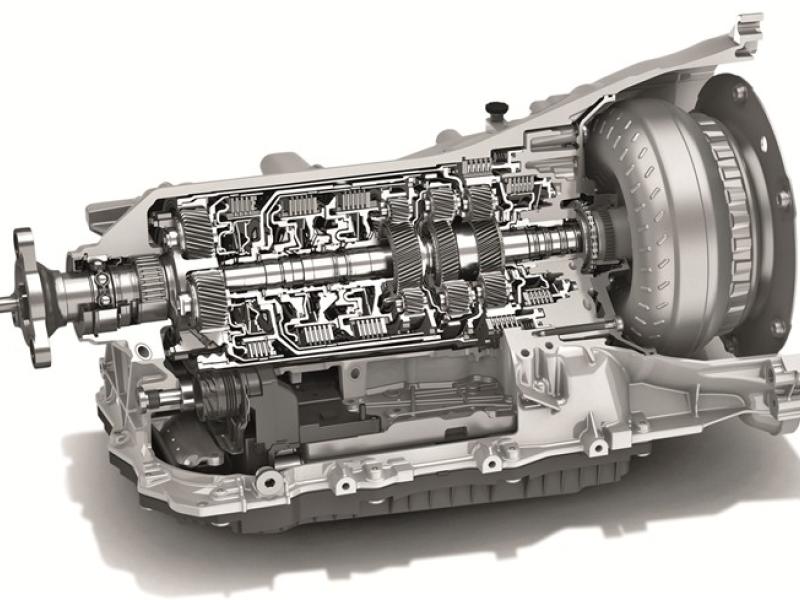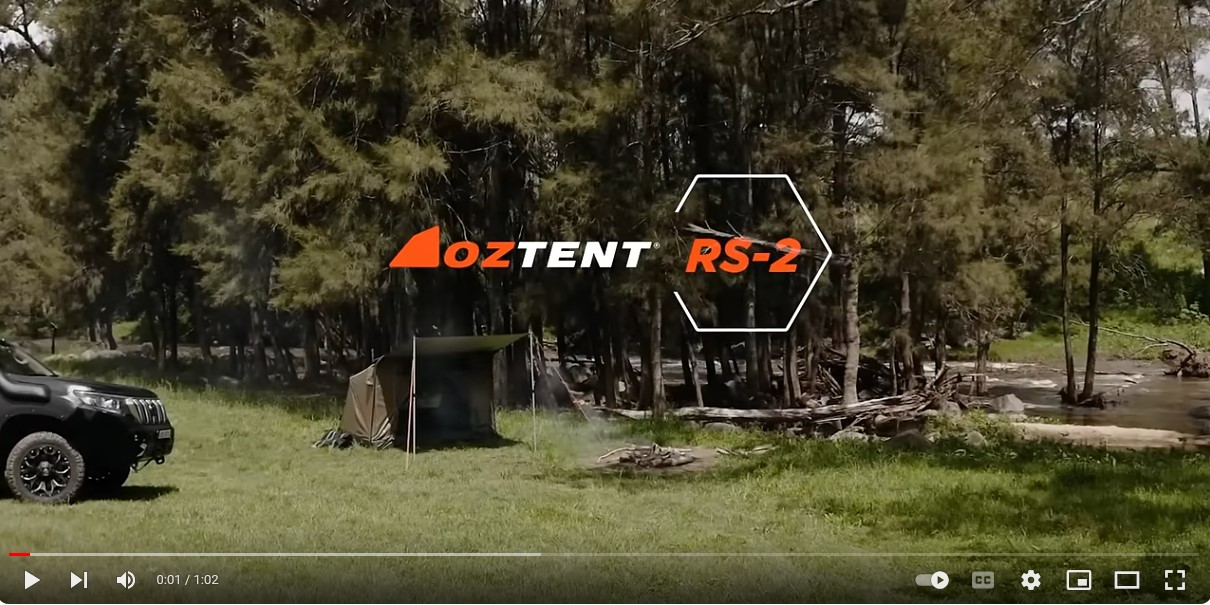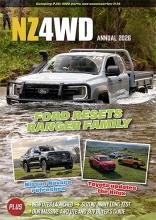Depending on the location and time you’re hitting the tracks, muddy conditions are hard to avoid. And while these conditions provide good driving challenges and a big grin factor, the truth is that mud can be extremely damaging to a vehicle’s brakes, particularly if left to dry.
Mud traps moisture and can lead to rust and corrosion, it can also clog up moving parts – especially suspension and braking components – and owing to its content of water, soil and sand, it acts like an abrasive on everything it touches, impacting performance while increasing wear and tear.
Experienced off-roaders know that when playtime’s over, it’s important to treat their four-wheel drive to a thorough clean as soon as possible to restore components to good working order. Cleaning also provides you with a chance to visually inspect your car as you clean, potentially identifying any hidden damage or areas of concern.
After giving your four-wheel drive a top to bottom clean, it’s recommended that you wash the underbody mechanicals, including hard to reach areas such as braking components. For the brakes, you should remove all four wheels, and after securing the vehicle with axle stands, hit the braking components with a pressure washer. Take care not to pressure wash directly on the caliper piston seals though.
It's also worthwhile unbolting the brake caliper to ensure better access, and in the case of a floating caliper, the pins should be removed as it’s easy for grit to get trapped within, meaning they could begin sticking, leading to uneven pad wear. Once you’ve washed these components dry them and apply a brake cleaner such as Bendix Cleanup, to disperse any remaining moisture and further protect against corrosion. The final step before reassembling and refitting the wheel is to apply a lubricant such as Bendix Ceramasil to caliper hardware, pins, slides and bushes.
The cleaning process for four-wheel drives with rear drum brakes is even more critical – if muddy water enters the drum, the residue can become trapped and small components such as springs, pivot points and adjustment screws become affected. The performance of the park brake can also become compromised.
With the car secured (but with park brake off), remove the drum and pressure wash the area taking care to avoid direct high-pressure water on the wheel cylinder. Use soapy water and a firm bristled brush to remove dirt where the water alone can’t reach.
After rinsing, dry and again use the brake cleaner to disperse any remaining moisture; the pivot points within the system and the brake adjuster should then be lubricated with Ceramasil before remounting the drum. Once the drum has been refitted, this is a good opportunity to ensure that the park brake is correctly adjusted.
If your four-wheel drive is fitted with a hub style handbrake the process is similar: pull the disc, pressure wash, dry and lubricate the pivot points, refit and adjust the park brake.
These techniques are not just suitable for mud, but should also be used for beach and sand driving – salt water and sand are even more corrosive and abrasive, taking years off the life of braking components.
How often should you clean your 4x4 brakes?
Cleaning frequency will depend on the track conditions and how often you use your four-wheel drive. Bendix recommends:
- Light off-road use on mainly dry, unsealed roads: every six to 12 months.
- Muddy tracks and bog holes: after every trip.
- Sand and beach driving: after every trip.


